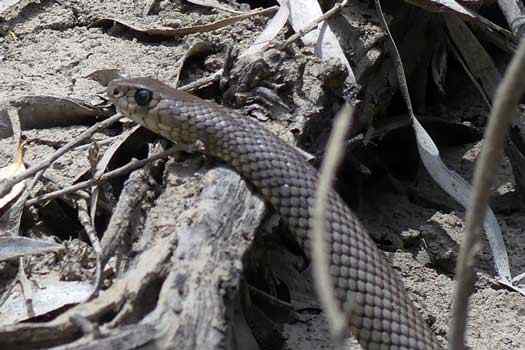Mammals
Native and introduced species along Murray River
Species found in and around the Murray River
In all things of nature there is something of the marvellous.
Surprisingly, reptile sightings were few and far between on my trip. Turtles were by far the most commonly seen after maybe the skinks. This is in stark contrast to my local tidal waterways in SEQ, reptiles are often the most common animal you will see after birds.
I think I managed to see and snap a photo of all three of the known species of turtles found on the Murray River!
Other than skinks, I saw very few other snakes or lizards below Bringenbrong. A couple of monitor lizards and a single snake sunning itself on the bank that I noticed when I paddled past (a small copperhead I believe). Of the 5,500 km paddling on the inland waterways on the Murray Darling paddled to date, I have only seen two small browns and one tiger in the water. This contrasted dramatically with the local SEQ waterways where water dragons and snakes are commonly seen.
If you do see a snake on the water, stay calm. They are great swimmers and will dive underwater if startled / threatened. Do not attempt to hit it with your paddle. Not only is this illegal, you risk causing the snake to get entangled on the paddle or to make it to defensively strike out. When trying to get close to take photos, I find it difficult not to spook snakes, as normal paddle strokes cause most to quickly flee to the shores and a hard back stroke or sweep will cause the snake to dive underwater to escape. Always keep a healthy distance of at least 5 m when observing snakes.
Above Bringenbrong, there were healthy snake populations, so watch where you step when walking and consider high boots or gaiters. Red-belly, Tigers and Copperheads are all venomous snakes and should be treated with respect. In saying that, these are also all fairly timid species and shouldn't strike unless provoked.


©2025 Alan Davison // Credit // Disclaimer